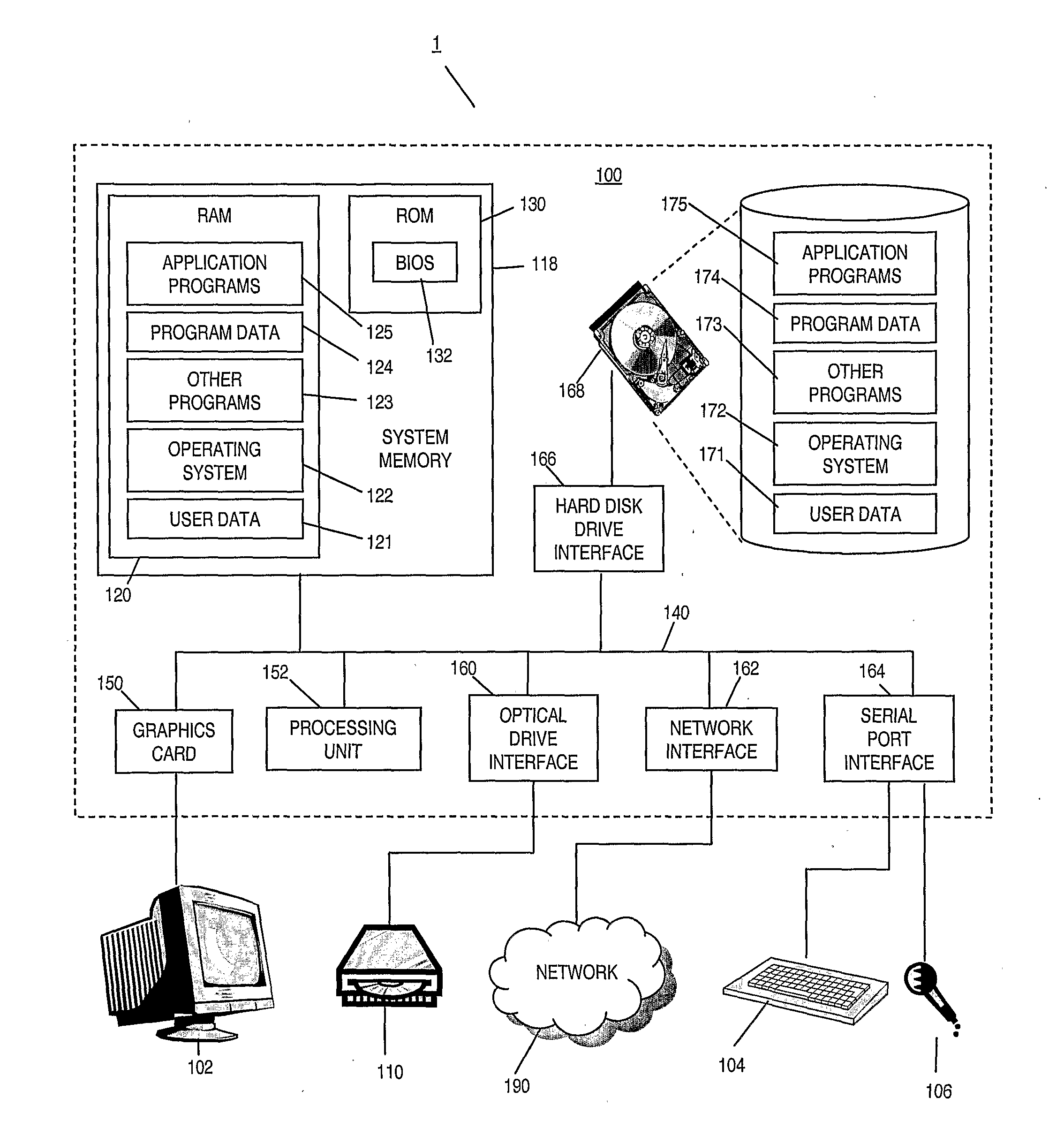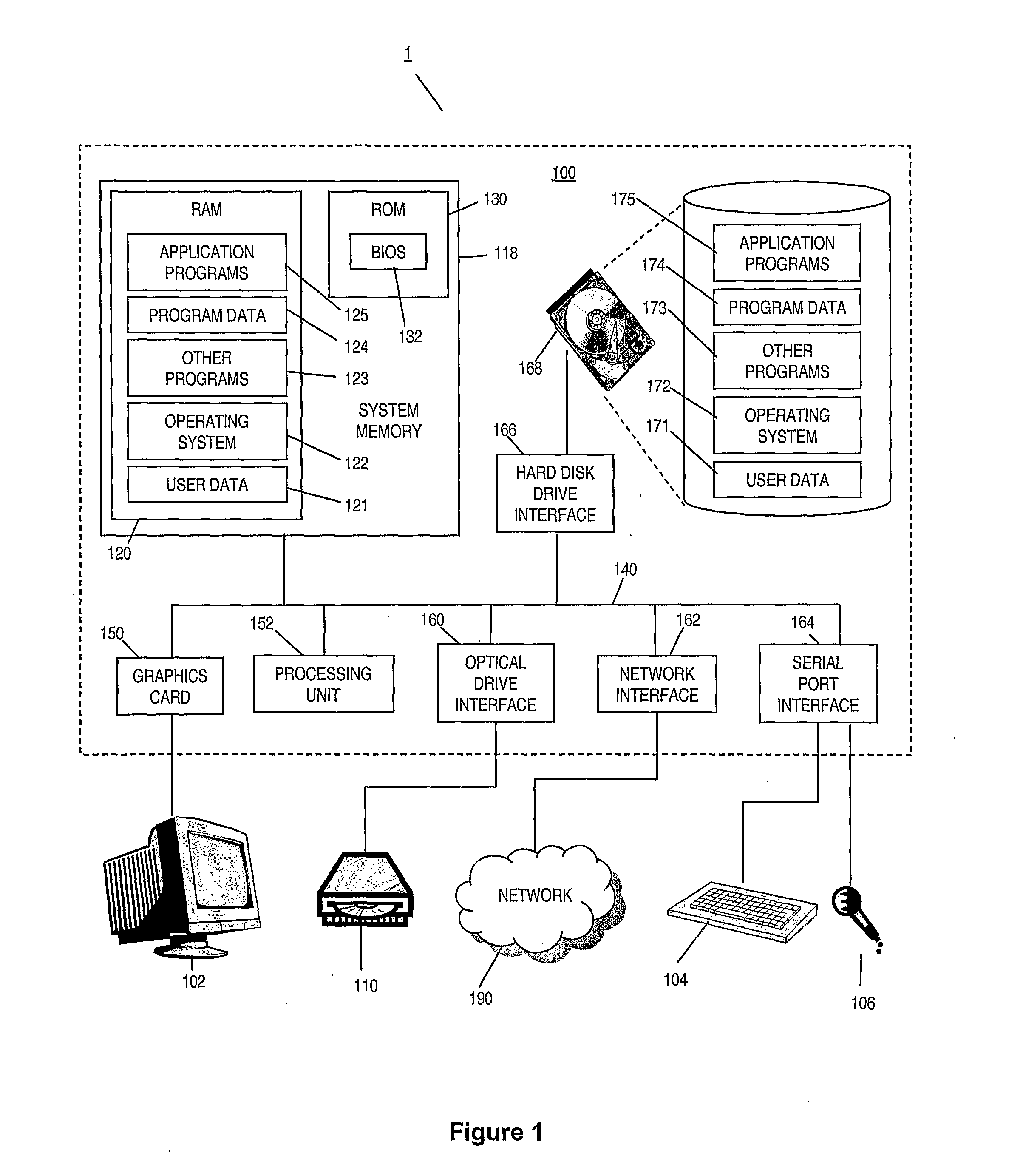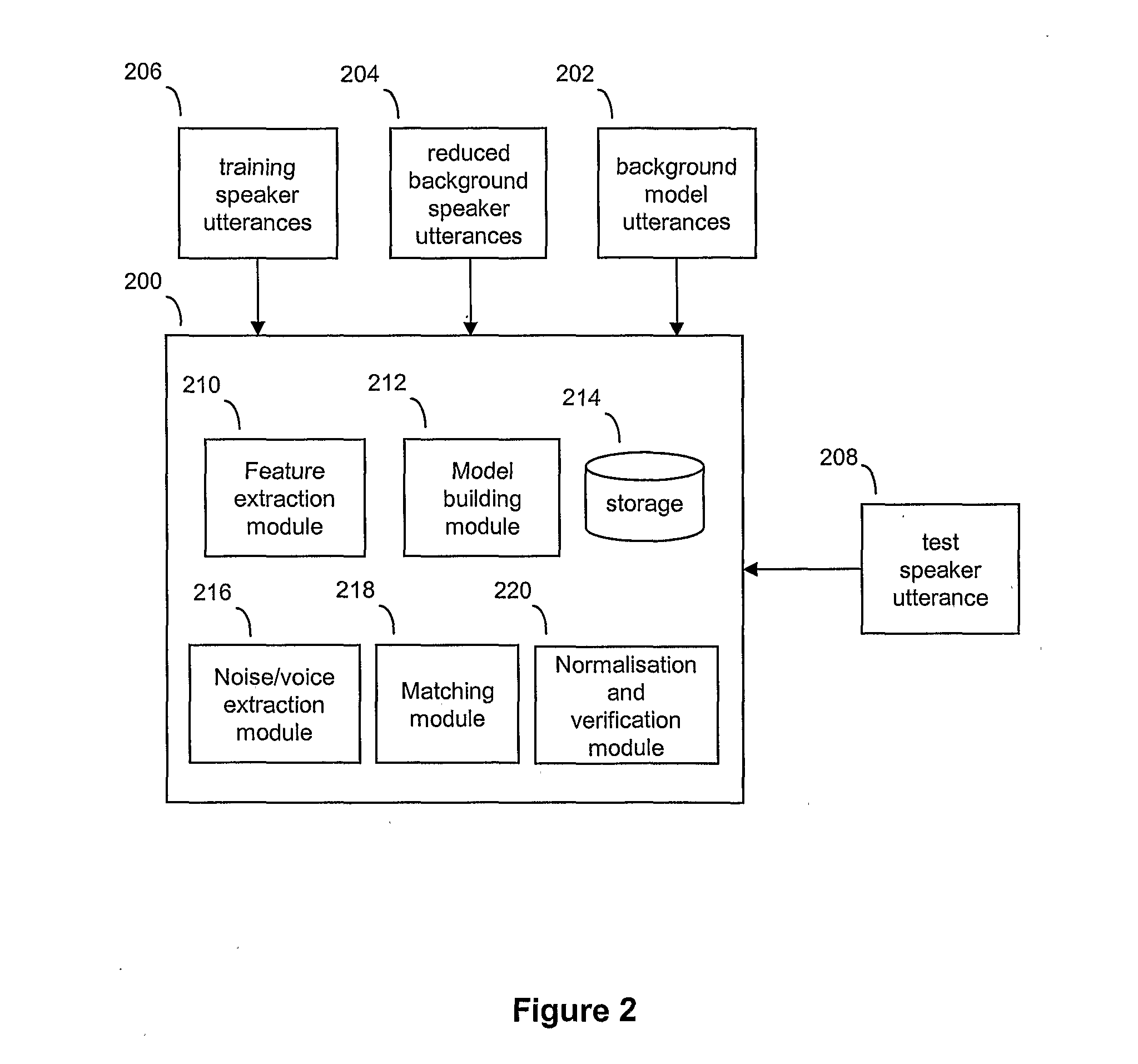Speaker verification
a verification method and speaker technology, applied in the field of speaker verification, can solve the problems of reducing verification accuracy, mismatches, and adverse effects on speaker verification accuracy
- Summary
- Abstract
- Description
- Claims
- Application Information
AI Technical Summary
Benefits of technology
Problems solved by technology
Method used
Image
Examples
Embodiment Construction
The present invention is described herein with reference to particular examples. The invention is not, however, limited to such examples.
The present invention may be embodied in hardware, software or a combination of hardware and software. The invention provides a method of verifying the identity of a user in a speaker verification system. The method builds a general model of user utterances using a set of general training speech data. The user also trains the system by providing a training utterance, such as a passphrase or other spoken utterance. Then in a test phase, the user provides a test utterance which includes some background noise as well as a test voice sample. The background noise is used to modify the training data as well as a set of background speaker samples before the modified training data and modified background noise samples are used to adapt the general model to generate an adapted target speaker model and a set of adapted background speaker models respectively....
PUM
 Login to View More
Login to View More Abstract
Description
Claims
Application Information
 Login to View More
Login to View More - R&D
- Intellectual Property
- Life Sciences
- Materials
- Tech Scout
- Unparalleled Data Quality
- Higher Quality Content
- 60% Fewer Hallucinations
Browse by: Latest US Patents, China's latest patents, Technical Efficacy Thesaurus, Application Domain, Technology Topic, Popular Technical Reports.
© 2025 PatSnap. All rights reserved.Legal|Privacy policy|Modern Slavery Act Transparency Statement|Sitemap|About US| Contact US: help@patsnap.com



